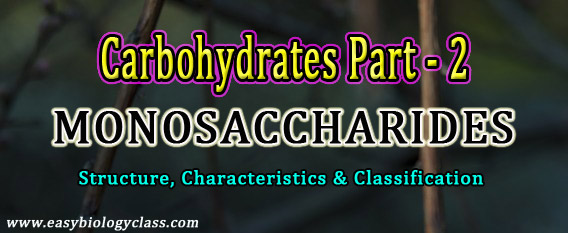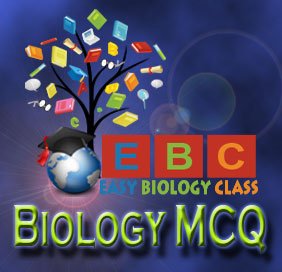What are Polysaccharides? Carbohydrates with more than 20 monosaccharide units are called polysaccharides. Majority of carbohydrates in nature occurs as polysaccharides. Usually polysaccharides have hundreds or thousands of monosaccharide units. Monosaccharide units are joined by characteristic glycosidic bonds. In this post we will discuss the Structure, Classification and Examples of […]
Continue ReadingTag Archives: Carbohydrates
Disaccharides: Properties, Structure, Formation and Examples (Short Lecture Notes)
What are Disaccharides? Disaccharides are carbohydrates which contain two covalently linked monosaccharide units. Sucrose, Maltose, Lactose, Trehalose and Cellobiose are naturally occurring disaccharides. The individual monosaccharide units in a disaccharide are called ‘residues’. All disaccharides are soluble in water Glycosidic bonds links monosaccharide units The monosaccharide units in disaccharides (and […]
Continue ReadingMonosaccharides: Definition, Structure, Characteristics, Classification, Examples and Functions
Monosaccharides are Simplest Sugars Monosaccharides are the simplest carbohydrates. They are polyhydroxy aldehydes or ketones with a carbon backbone. The carbon backbone in monosaccharides usually consists of 3 – 6 carbon atoms. The simplest monosaccharides are glyceraldehyde and dihydroxyacetone (with 3 carbons). The most abundant monosaccharide in nature is a […]
Continue ReadingMCQ on Carbohydrates Part-3
Biochemistry MCQ-03: This is the part-3 of the MCQ seriess on Carbohydrates. Here you can get information about some of the rare and unique carbohydrates and their occurence and functions. You may also like: MCQ on Carbohydrates Part-1 | Part-2 | 1. Which of the following is an example for […]
Continue ReadingMCQ on Carbohydrates Part-2
Biochemistry MCQ-2: A carbohydrate is a biomolecule consisting of carbon (C), hydrogen (H) and oxygen (O) atoms, with the empirical formula C(H2O)n. This is the Part-2 of the MCQ series on Carbohydrates. You may also like: MCQ on Carbohydrates Part-1 | Part-3 | 1. The vitreous humor of eye is […]
Continue Reading



